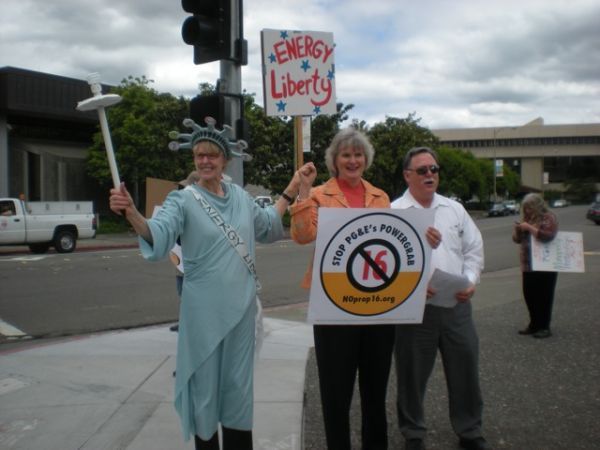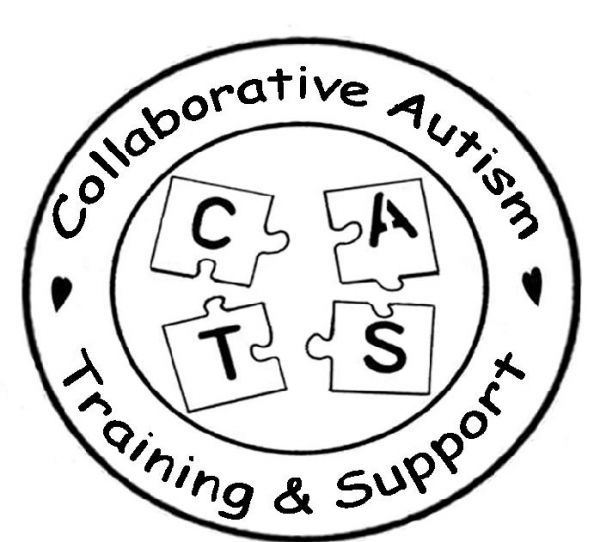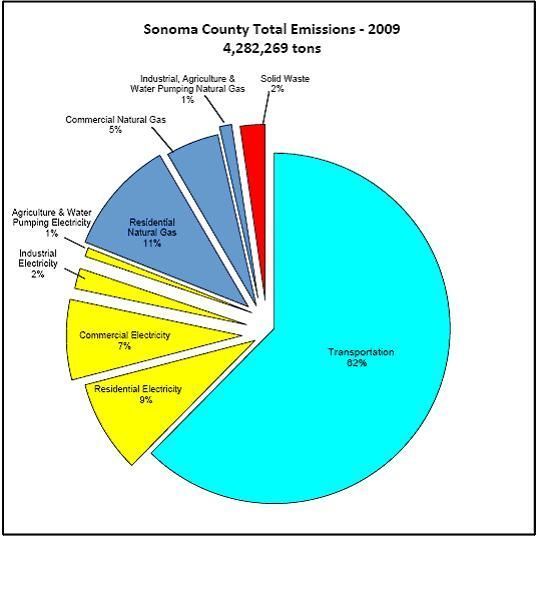 The opposition campaign to PG&E’s big-budget backing for Proposition 16 took to the streets—well, actually the sidewalks—of downtown Santa Rosa yesterday (above, with Lady Liberty joined by Santa Rosa Mayor Susan Gorin and Healdsburg City Councilman Gary Plass), blasting the measure as “another bailout” for the utility.
The opposition campaign to PG&E’s big-budget backing for Proposition 16 took to the streets—well, actually the sidewalks—of downtown Santa Rosa yesterday (above, with Lady Liberty joined by Santa Rosa Mayor Susan Gorin and Healdsburg City Councilman Gary Plass), blasting the measure as “another bailout” for the utility.
The Yes on 16 campaign may have a much bigger budget, but the list of local governments and other groups who have lined up against it is impressive and growing. Ann Hancock, Executive Director of the Climate Protection Campaign, offered a sampling of that roster of opponents at the midday rally on Tuesday.

Healdsburg was among the founding members of the Northern California Power Agency (NCPA), a coalition of 17 cities that act as their own electric utility for their residents. ( Read their statement opposing Prop 16 here.) There are numerous other such operations elsewhere in the state. Expanding the service areas for any of them would be subject to the 2/3s vote requirement in Proposition 16, as would the creation of any additional local power purchasing entities, says Healdsburg City Council member Gary Plass. But while many cities oppose the measure, there is little they can do to directly combat it.
The lion’s share of the electricity used by the residents and businesses of municipal Healdsburg now comes from an array of renewable sources. Councilman Plass breaks it down for us.
Want to find our more about this measure? You can read an impartial analysis of Proposition 16 or to see the video ads against Prop 16 that won't be shown on television (due to no budget, not topical censorship), go here.

 The incidence of autism is growing, now around 1 in every 110 births, a burgeoning epidemic that also carries huge consequences for the parents of those children.
The incidence of autism is growing, now around 1 in every 110 births, a burgeoning epidemic that also carries huge consequences for the parents of those children.
Like many children diagnosed with autism, four-year old Peyton Price, shows few outward signs of the condition, which is most often expressed through unusual or unpredictable behaviors and difficulty with verbal communications. (Thanks to his mom, Jill, for sharing this photo.)


With or without huge medical bills, the demands of caring for a child with autism often require one parent to give up a job or career. And as these children grow older, their aging parents must also reconsider their own plans for retirement, a situation that now confronts Beth Farrar.
The following links offer additional information about autism:
The Centers for Disease Control
The National Institute of Neurological Disorders and Stroke


The Weed Watcher program was introduced last year, and attracted about 40 participants. More are being sought this summer, and the first training sessions for the season were held last week. Weed Watcher coordinator Natalie How explains how they are structured.
Check here for details on upcoming weed watcher training sessions.
 Weed Watcher Volunteers map capeweed (Arctotheca calendula) along the Coastal Trail in the Marin Headlands. Below, two views of the prolific, toxic and unwanted Star Thistle.
Weed Watcher Volunteers map capeweed (Arctotheca calendula) along the Coastal Trail in the Marin Headlands. Below, two views of the prolific, toxic and unwanted Star Thistle.



There’s a legislative brawl brewing over national energy policy and climate change. The 6th annual Climate Protection Everybody Profits Conference in Sebastopol laid out a preview of where those battle lines are being drawn.

Since 2005, every local government in Sonoma County has signed on to a goal of reducing greenhouse gas emissions to 25% below 1990 levels by 2015. But progress toward that goal has been elusive. And while a comprehensive local plan to move this county in that direction has been developed, Ann Hancock (left) , Executive Director of the Climate Protection Campaign, points out that local actions alone will not be effective.
The graph below breaks down where those local emissions are coming from. As solar photovoltaic systems and other measures bring down the shares attributable to residential and commercial energy use, the relative proportion of transportation emissions has increased.
 The CLEAR (Carbon Limits and Energy for American Renewal )Act was introduced jointly by Senators Maria Cantwell (D-WA) and Susan Collins (R-ME) in 2009, an indication of early bipartisan backing for the “cap and dividend” measure. Peter Barnes, Senior Fellow at the Tomales Bay Institute in Point Reyes Station sees multiple reasons why that approach could find further support from Republicans in Congress.
The CLEAR (Carbon Limits and Energy for American Renewal )Act was introduced jointly by Senators Maria Cantwell (D-WA) and Susan Collins (R-ME) in 2009, an indication of early bipartisan backing for the “cap and dividend” measure. Peter Barnes, Senior Fellow at the Tomales Bay Institute in Point Reyes Station sees multiple reasons why that approach could find further support from Republicans in Congress.
 The gradual loss of her vision changed Susan Kreiger’s way of being in the world. So, she discovered, did the guide dog who is now her constant companion.
The gradual loss of her vision changed Susan Kreiger’s way of being in the world. So, she discovered, did the guide dog who is now her constant companion.
Susan Kreiger’s degenerating vision has forced her to gradually adjust to the absence of abilities she once took for granted, a profound self-redefinition that forms the foundation of her memoir, Traveling Blind, Adventures in Vision with a Guide Dog by My Side.
 Blindness is not an all-or-nothing condition, Kreiger explains, and in her case, the vision losses have been especially irregular.
Blindness is not an all-or-nothing condition, Kreiger explains, and in her case, the vision losses have been especially irregular.
Having lived and worked with her dog for some time now, Kreiger says they have formed a bond unlike any she has had with other dogs in her life.
Susan Kreiger will read from her book, Traveling Blind, at Book Passage in Corte Madera on Sunday afternoon at 4 pm. You can read excerpts here. Further information about guide dog schools can be found by visiting Guide Dogs for the Blind and the guide dog schools page of the American Council of the Blind.

 Live Radio
Live Radio

